MSc Public Health Assignment Sample
Introduction
The study is going to illustrate risk factors that are incorporated with tobacco chewing habits among adults all over India. Part of this study will develop an outer knowledge based on risk factors, prevention processes and regulations and harmful effects, which are associated with tobacco chewing and as a result people are dealing with oral cancer. The study will provide research questions, research aim and objectives, rationale of this research and significance of this research.
Research background
Background of this research is to provide a detailed account based on the harmful effects among Indian adults occurred by tobacco chewing habits. Individuals that are habituated to consuming alcohol, cigarette smoking and chewing tobacco face 10 times more risks than those who avoid developing such habits (Sharma et al. 2019). Tobacco chewing habit includes a predominant factor that causes oral cancer. In this present era, it has been observed that the younger generation, both men and women, are developing habits of chewing zarda, khaini, mawa and gutka. Both alcohol and tobacco are carcinogenic, meaning both of them to release chemicals and damage DNA in cells which leads to cancer (Wimardhani et al. 2018). In India, about 20 per 100000 populations have been seen to be affected by oral cancer which accounted for about 30% based on the different types of cancers. In India, over five people die every hour regularly due to oral cancer and a similar number of patients die due to cancer in hypopharynx and oropharynx.
Based on the findings and detailed account measured by the Mouth Cancer Foundation, around 90% of patients with oral cancer are habituated to tobacco smoke, chewing and consumption habits. Long-term use of smokeless tobacco shares the ability to increase the risk of heart disease, stroke and mouth cancer.
Research aim and objectives
Aim
Aim of this research is to develop an in-depth acknowledgement based on tobacco chewing habits among Indian adults which are highly harmful to health and causes oral cancer.
Objectives
- To identify risk factors due to tobacco chewing habits of Indian adults which cause oral cancer
- To find out the connection between the risk of oral cancer and tobacco use
- To analyse the prevention of oral cancer caused by tobacco chewing habits
- To recognise Indian regulatory or law systems proposed by the Indian Government against tobacco consumption
- To find out how does tobacco chewing become a permanent habit among adults all over India
Research question
Q1. What are the risk factors due to the tobacco chewing habit of Indian adults which causes oral cancer?
Q2. What is the connection between the risk of oral cancer and tobacco use?
Q3. What are the prevention processes of oral cancer caused by tobacco chewing habits?
Q4. What are the laws and strict regulations that passed against tobacco consumption in India?
Q5. How does tobacco chewing become a permanent habit among adults all over India?
Research rationale
Long term tobacco chewing habits cause different risk factors and cause chronic diseases including cardiovascular disease, lung and blood cancer and stroke. Due to tobacco chewing, nearly 1.35 million deaths are reported every year in India (Raychaudhuri et al. 2020). In India, tobacco is used in a variety of forms, such as chewing, gargling, smoking, and local applications that lead to detrimental health effects. Furthermore, those effects are cerebrovascular disease, increased incidents and mortality rates due to cardiovascular disease, cancer and respiratory disease. Portuguese1605 introduced tobacco cultivation in India and tobacco was grown in the Mehsana and Kiara districts of Gujarat, India and then it spread all over areas of this country. To reduce the tobacco-chewing rates all over India, it would be better to implement policy-level measures, for example, taxation based on tobacco products and strict laws on tobacco sellers (Saraswat et al. 2022). The Indian Government has initiated a ban on the sale and purchase of tobacco and alcohol in different cities, such as Gujarat and Bihar, India.
Problem statement
Lower-income white and black men and rural include the most elevated regular use or regular habits of chewing tobacco near about 33%. Apart from that, a higher-income population around 14.9% are habituated to chewing tobacco (Kumar et al. 2018). Habits of tobacco chewing make a person nicotine-addicted and for that reason, they deal with several health issues, such as oral cancer, breast cancer, lung cancer and cerebral and cardiovascular diseases. In this present era, adults and young generations are developing tobacco chewing habits within them and forcing others to do the same thing. Additionally, in many cases, the younger generation is learning to smoke and chew tobacco after getting influenced by adults’ habits of chewing tobacco (Mahajan et al. 2019). Tobacco chewing causes chronic obstructive pulmonary disease, chewing tobacco by women during their pregnancy, and severe heart diseases are the major and common factors of tobacco consumption.
Research scope
Scope of this research is to provide a detailed account of how dangerous tobacco chewing is and it might be dangerous for the young generation to learn and develop habits within their habits. The speciality of this research is to develop ideas about risk factors which are caused due to tobacco chewing habits among the adult population all over India (Lowe et al. 2018). Through this research, there is a chance to develop an outer knowledge about how to reduce tobacco chewing rates and what should the Indian Government do to reduce the mortality rate caused by tobacco chewing habits of the adult generation.
Research significance
Significance of this research is to recognise which and how the initiative of banning tobacco has been implemented by Indian Government and Indian constitution leaders. Importance of this research is to identify multi-risk factors based on tobacco chewing habits (Warr et al. 2021). Positive side of this research is that it might be useful for people from different countries to leave their tobacco chewing habits after analysing and measuring the mortality rates developing each day all over India.
Summary
Based on the above discussion it can be summarised that Indian citizens should pay attention to the mortality rates due to tobacco chewing habits. There is a need to provide best possible information all over the educational sectors in order to limit the rate of tobacco chewing and get rid of getting nicotine addiction among teenagers from an early age.
Method
Research design
Descriptive design is highly essential to proceed with research and perform different research activities more accurately and effectively. For instance, research team members have decided to proceed with descriptive research design in order to interact with common people based on knowing their opinion related to the research topic. Surveys will be organised and based on this aspect it will be better to follow the key principles of descriptive design to get positive outcomes at the end of the research (Moser and Korstjens, 2018). Descriptive design might be useful for research team members to create or make questions based on developing a desirable conclusion in the last stage of this research. Descriptive design will allow research team members to research according to real-time events or incidents.
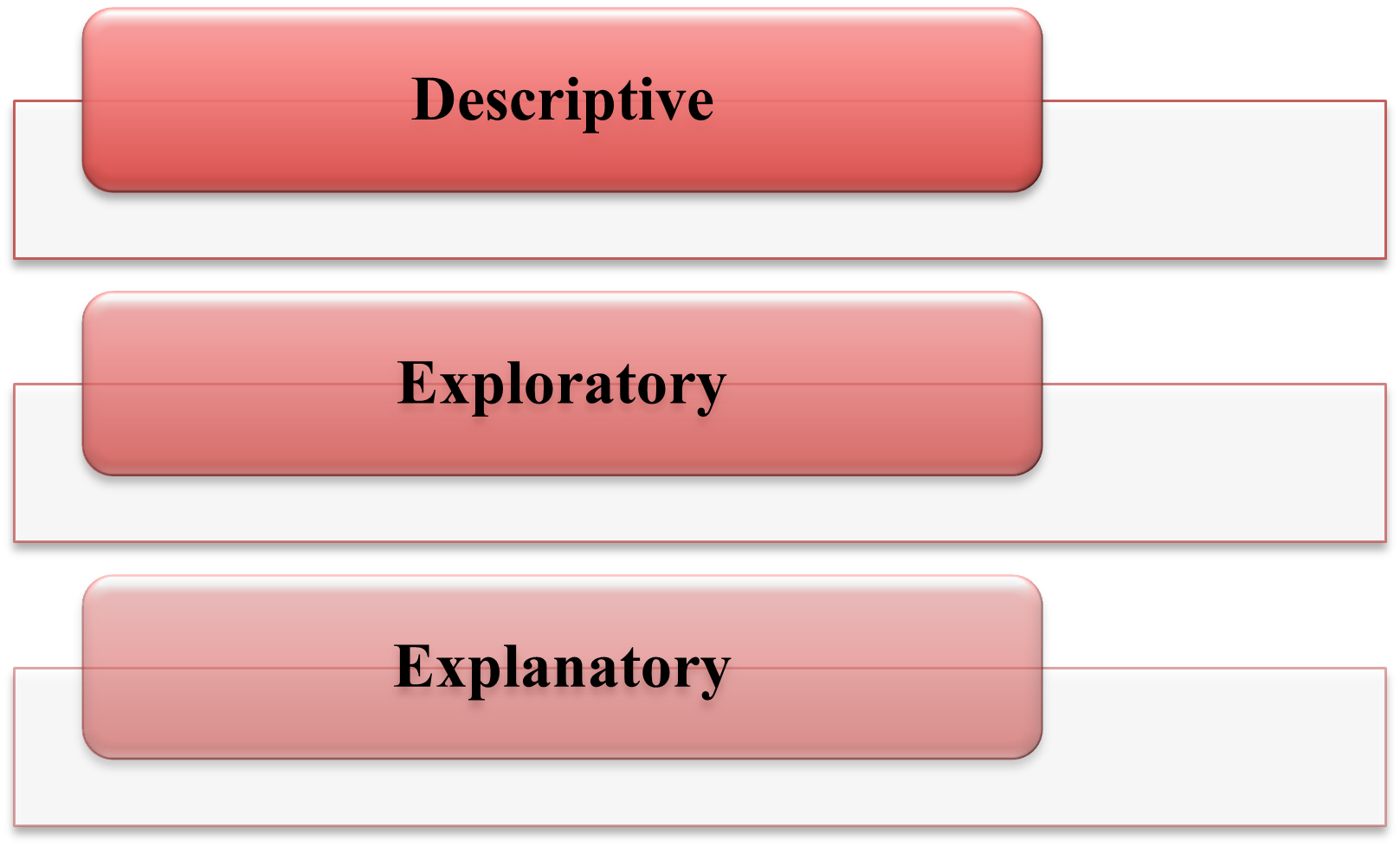
Figure 1: Research timeline
(Source: Created by researcher)
By choosing descriptive design, it would be helpful for research team members to develop outer knowledge based on research topics more positively and eventually. Descriptive design will be beneficial for this survey or primary research by helping in collecting authentic and informative data (Hudon et al. 2018). Survey questions will be made based on providing a platform for the Indian citizens to share their personal opinion or share some hard experiences relevant to the research topic.
Research approach
Deductive approaches play an essential role in order to collect real, authentic and informative data, which will be required to do critical analysis of particular research. Therefore, research team members will follow the standards of deductive approach to collect effective data by asking severe frequent questions to the survey participants. Deductive approach helps a person to research a specific topic more significantly and eventually. Deductive approach will be desirable based on classifying questions and their answer categories (Liem, 2019). By selecting deductive approaches, there will be a chance to gather best possible information based on further discussion or analysing of those data. Deductive approach of research team members might be useful for them to make survey participants comfortable while answering questions.
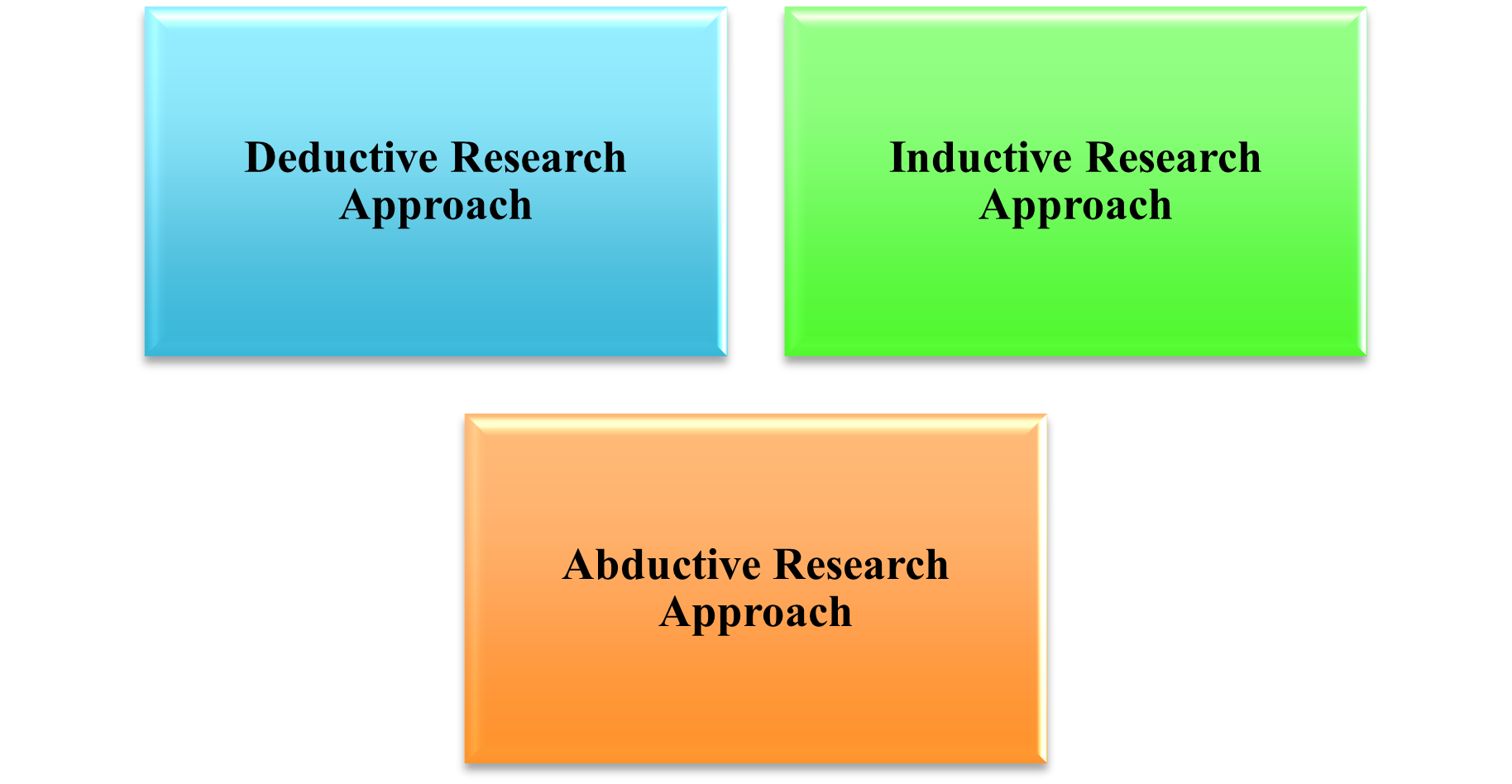
Figure 2: Research timeline
(Source: Created by researcher)
Deductive approach allows individuals to do critical research based on the research topic more accurately. Thus, choosing a deductive approach to execute this research will be beneficial for research team members to gain a great overall experience. Deductive approach helps individuals to make right decisions and find quick solutions in a crisis or emergency (Lyes et al. 2020). Consequently, selection of the deductive approach might be a smart initiative by research team members in order to achieve success at the end of the research.
Research sampling method
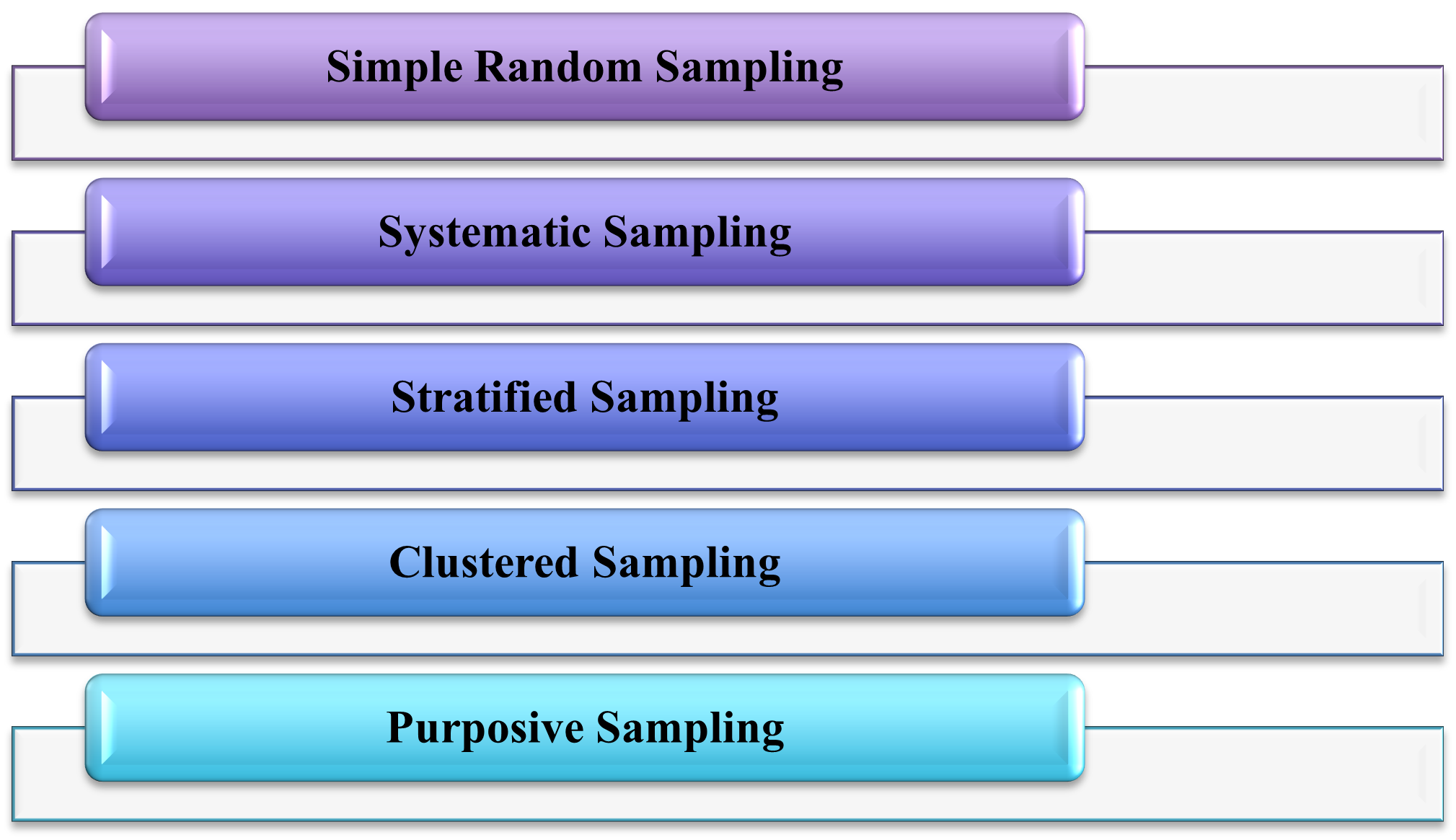
Figure 3: Research timeline
(Source: Created by researcher)
Purposive sampling method is desirable in order to lead to success in the primary research. For that reason, research team members might be benefited in case of choosing a purposive data sampling method for this research. Purposive data sampling methods will be useful to inform survey participants based on the purpose of rationing such as primary research or survey. Purposive sampling method is beneficial to reach mass audiences and make them feel secure and confident while answering survey questions (Davies-Kershaw et al. 2018). Purposive sampling methods would be helpful for the research team members to develop interaction with survey participants and encourage them to share real incidents instead of hypothetical information or stories. Purposive sampling method is highly essential to collect authentic and reliable data and refuse wrong information. Purposive sampling methods will be desirable for research team members to identify or find differences between answers and measure those answers’ reliability ratio.
Data collection method
Data collection method is the most crucial and important part or element of research. Collected data is the basis to analyse a topic more effectively and eventually. In this research primary, quantitative data collection method has been chosen and research team members are supple to organise an online survey to gather authentic data related to the research topic. Research team will create a survey first and then will make different questionnaires to develop a hypothetical understanding based on the research topic (Aliyyah et al. 2020). Survey questions will be shared among nearly 30 to 40 people. Questions will be based on academic purposes and questions will be made based on the research only not for hurting a person’s cultural and realign sentiments. Data will be collected by targeting the adult generation based on knowing their views and opinions on the basis of tobacco chewing. It would be better to target healthcare professionals and government departments in order to know authentic and real-time information based on the research topic.
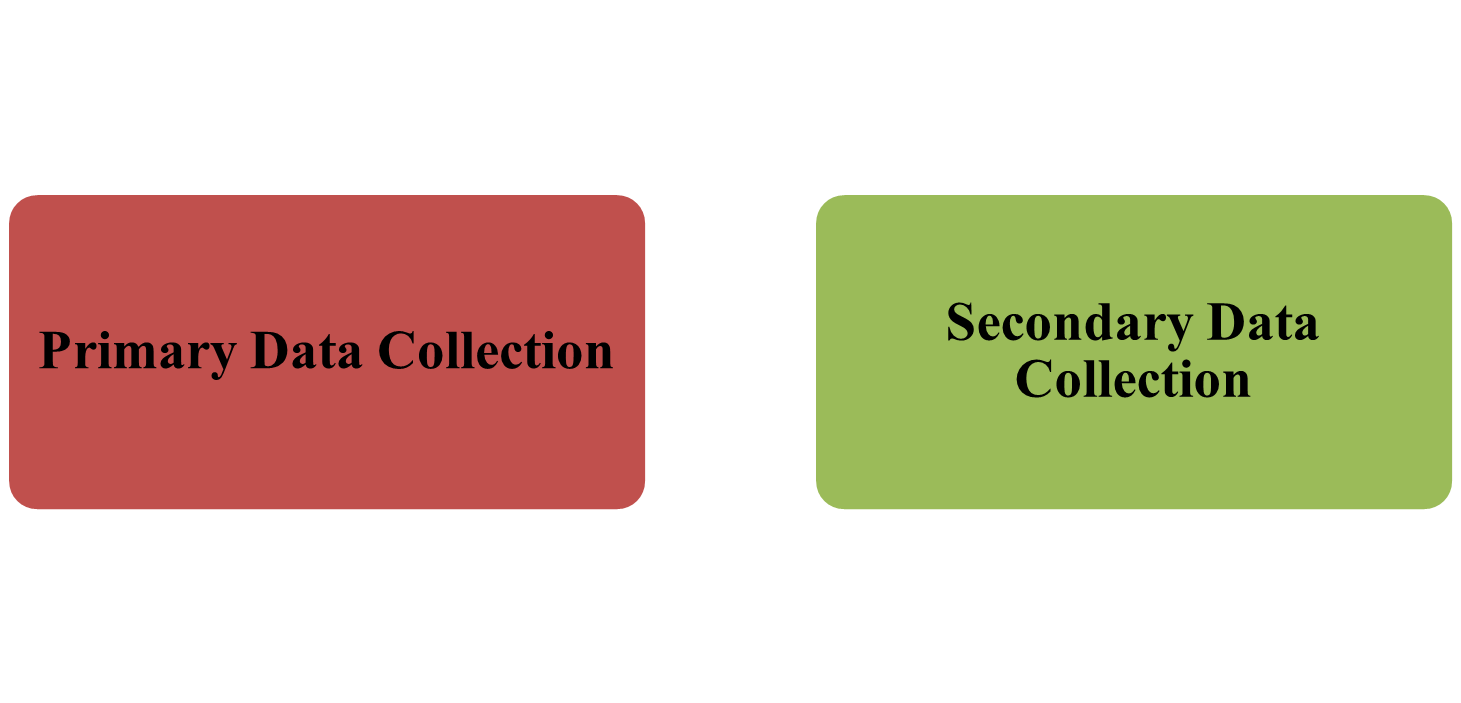
Figure 4: Research timeline
(Source: Created by researcher)
Primary quantitative data collection method is useful to collect vast amounts of data. Therefore, the research team will discuss survey questions among each other based on measuring whether all questions meet research aim and objectives or not. Data collection through surveys will be beneficial for grabbing information from different people instead of the common community and people from the same family. Survey questions will be based on meeting the requirements of this research and questions will be created by maintaining ethical standards in order to provide free space among survey participants to keep their additional opinion or views without hesitating. Survey questions will be based on the sub-divided points on the basis of the research topic (Ragab and Arisha, 2018). Thus, it would be better for research team members to reach research goals at the end of this research.
Data analysis method
Data analysis method is a highly essential part of entire research and it is a major part of the entire research. Research team members have decided to analyse data theoretically. Collected data will be saved on cloud-based software in case of securing data (LaDonna et al. 2018). Data will be analysed through graphs, and pie charts and for that reason, there will be a need to use electronic software. Collected data will be gathered together and then it will be better for the research team to analyse the entire data in one place. In the case of a primary theoretical data analysis process, it would be better to select such research members that share great knowledge about making graphs and pie charts, or else it will be quite difficult to get positive outcomes easily and eventually. Through this data analysis process, it will be beneficial to meet research aims and objectives. Collected data is real or less relevant to the research topic; it will be measured through such data analysis method.
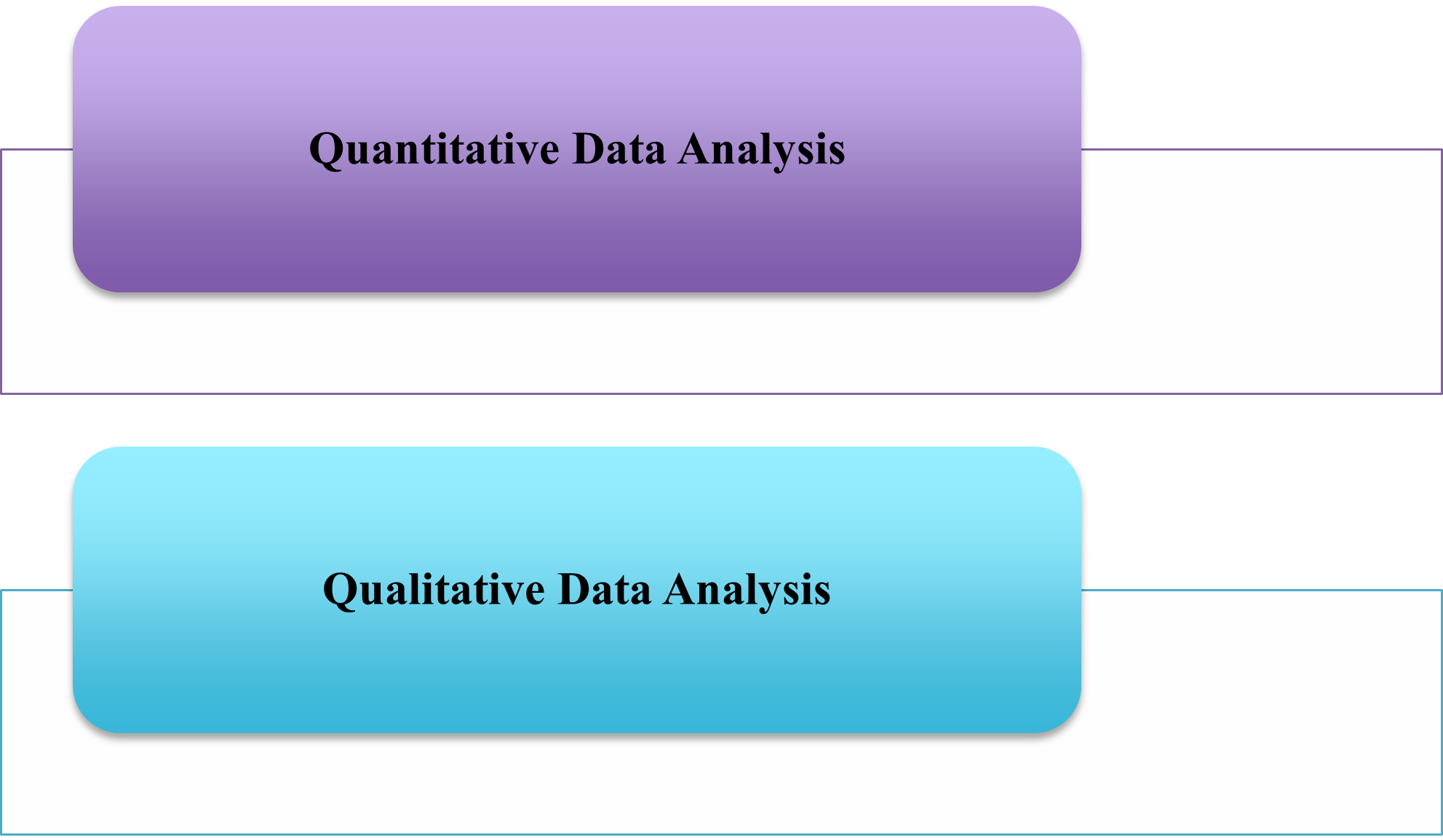
Figure 5: Research timeline
(Source: Created by researcher)
Theoretical data analysis method is beneficial for developing the best possible understanding on the basis of the research topic. Through theoretical data analysis, it will be easier for a research team based on a critical evaluation of the research topic to acknowledge real incidents regarding the research topic (Kuckartz, 2019). Data analysing will be done through the SPSS method to gain best possible results at the end of this primary research. Each data will be measured or evaluated in order to lead to success within this research.
Research timeline (Gantt chart)

Figure 6: Research timeline
(Source: Created by researcher)
Ethical consideration
- Data will be collected by following the standards of The Data Protection Act, of 1990.
- Survey questions will be easy and simple to be answered by survey participants
- Entire research team members are expected to behave ethically with seniors
- Research team members will get equal rights to take part in individual key activities of this research
- Data to be collected based on academic purposes instead of personal aspects
- Research team members are expected to avoid conflict middle in the research process
- Research team members are expected to share any bad experiences with others without harming survey participants’ sentiments (Nayak, and Narayan, 2019).
- Before the survey, survey operations will be asked to refuse to attend survey if they are least interested
- Survey participants will not be forced to answer and they will share their experiences based on their own opinion or decision
- Survey questions will not make to harm anyone’s cultural or religious sentiments
Discussion
Reflection on findings
This research topic has discussed the severity of tobacco chewing as a risk factor for oral cancer among India. Firstly, I have seen this is a public health concern that increases day by day by instated campaigns and awareness to stop this incidence still going on. This is a public health concern that needs immediate measures to overcome. I have researched the incidence rate of this disastrous incidence and I have been finding the rate of oral cancer highly associated with tobacco chewing. This has been seen from the data from health journals that around 95% of oral cancer is caused by tobacco (Abhinav et al. 2022). I have seen from my research that confidence interval level of tobacco chewing is higher in women than men which lead to oral cancer being more prevalent in women than men. The confidence interval level (CI) is 3 in men whereas it is 11 in women (Sharma et al. 2018). Thus, this has been found based on the background of the research which I have done to execute my research problem statement has demonstrated oral cancer is a fatal disorder.
On the other hand, I also have done empirical research based on an association between tobaccos pushing the occurrence of oral cancer in developing countries such as India. I have found that 30% of the Indian population is affected by oral cancer and this rate always provided an upward growth. Around 20 people among the 10000 population in India who is affected by oral cancer has been seen from the self-reported status (Pharmainfo, 2020). Therefore, this is an incidence that needs immediate action of reduction has been presented to me through my research on this topic. This also has been found from India’s health tobacco chewing statistics that around 30% of the Indian population irrespective of age and sex either chew or smoke tobacco. I found this as an adverse issue in India as the rate cannot be controlled through any process of awareness; I have found a paper in a biomedical journal on Indian tobacco chewing aspects which hold me in a sock when I found boys and girls starting to chew tobacco from age of 15 years. Therefore, this has been seen 47% of boys and 14% of women have started to chew tobacco from 15 years of age (Rani et al. 2020).
However, the Indian government always takes measures to increase awareness for stopping this devastating situation in India. This has been seen from Indian health portal according to the Indian government oral cancer is their major community health concern in preset and they always go through a hardcore struggle to reduce this case in India (Gov, 2021). Thus, I have seen the Indian government implement some policies and practices with legal structure to reduce the incidence rate of oral cancer in India. According to the Indian government in 2021ariund 77000 new cases and 52000 new deaths by oral cancer has reported (Borse et al. 2020). Therefore, they make policies to reduce these disorders in India. This policy has shown that oral health issues should be treated as early as possible as they can cause a serious threat to survival. This policy has the potential to show equity, integration, community participation, gender, prevention, and promotion to reduce death by oral cancer. According to this policy suffering from this disease reported to a community health centre at first for the testing stage of survival and start required treatment. I have seen from my research that Indian government declared that 60% of cases of oral cancer came the have a five-year survival rate and only 20% of oral cancer cases come to them in stage 1 in oral cancer. Thus, they implement a potential policy to reduce this mortality and morbidity rate due to these orders.
They also do a potential nutritional educational program, especially in tribal areas of India. According to this education policy government has suggested to people who have an addiction to chewing tobacco to incorporate lots of green vegetables in their diet from the early days of life which has seen to consist potential to prevent oral cancer (Indiatimes, 2021). Therefore, this is a potential policy that the Indian government takes to reduce oral cancer prevalence in India. According to my research, Indian government helps people, especially those, who belong to tribal areas with home preventive measures for oral cancer that can help to reduce treatment causes. In addition, the public health policy of the Indian government also has spent a wholesome amount of money around 2386 crore in 2020 to enhance technological up-gradation for cancer monitoring in India which helps in the early-stage monitoring of this disease (Gov, 2021).
On the other hand, they have introduced some charitable work to reduce these disorders in India. I have seen this charitable work in India containing providing health treatment to the poor for reduction of cancer. Some NGOs in India work for the prevention of oral cancer in India in association with the public health department of India. The main potential role of these NGOs is to find out people who have suffered from oral cancer and provide them with cancer treatment. I have seen that this policy and practices in India to overcome barriers to oral cancer have been found to have potentially however worked slowly. This has seen that incidence and mortality rate of oral cancer has reduced from 9.8% and 6.8% to 5.2% and 3.6% respectively (Gupta et al. 2019).

Figure 7: Incidence and mortality rate of oral cancer in India
(Source: Gupta et al. 2019)
Research limitation
In this research, the suggested future methodology will be the primary quantitative study through a form survey. However, this has been seen after discussing the finding section of this research that this is not possible to gather enough relevance against the research problem through analysis of quantitative data. Thus, this can be stated that the suggested methodology for this research has a limitation of providing enough funding for the research. Therefore, this has been seen from the point of methodology this will be appropriate to follow primary quantitative and secondary qualitative research. A primary quantitative method in form of a survey helps to provide numerical data regarding incidence rate of oral cancer in India. On the other hand, secondary qualitative research based on article thematic systematic analysis helps to get evidence of public health policies and practices in this research and what are the implication and potentiality of this research to overcome the problem of oral cancer in India (Fehrenbache and Patel, 2020).
Therefore, this has been suggested to take mixed methods of primary and secondary in the research to avoid methodological issues in research. On the other hand, this has been seen from the health journal that there are huge amount secondary journals available to do research properly. Therefore, this can be stated mixed method of both primary and secondary will be appropriate for this research and to avoid methodological issues.
Research dissemination
Dissemination is a method of publishing individual research in conferences and journals (Ashcraft et al. 2020). For this, the best idea is to disseminate only the project findings in national journals and state-wide publications. This has been seen that publish of project findings in national and state-wide journals helps in future research which has to be considered a positive implication of research. As this research is entirely based on the public health issues and findings also have included concern about public health issues and overcoming practices; therefore, dissemination to the public heath journal will be appropriate for this research.
Conclusion
Research synthesis
Research synthesis is an area of research that provides integration findings through the research. This has been seen from the entire discussion in research that this research has been done to analyze the rationale of this research as to whether tobacco is a risk factor for oral cancer or not (Lippiett et al. 2019). On the other hand, this research also synthesizes and meets the aims of this research to analyze to what extent tobacco contributes as a risk factor in oral cancer. Thus, the proposed method for this research will be the mixed method constant of primary quantitative and secondary qualitative for this research will be appropriate.
Future research scope
This research has provided future scope to students who have studied public health. Process of proper dissemination will be reached to the public health students and helps them with providing data on the incidence rate of oral cancer and helps to compare it with public health aspects
Research outcomes
This can be concluded from this study that tobacco is mostly seen risk factor to increase rate of oral cancer. This has been seen from the study that the incidence rate of oral cancer has increased with the increased addiction of people to tobacco chewing and smoking. This has led to the spread of this addiction among boys and girls also; thus, oral cancer has increase in India. However, Indian government has taken policies and practices to increase the protection rate against oral cancer and these policies and practices have to be implemented in public health to reduce prevalence rate of these disorders in India.MSc Public Health Assignment Sample
Reference list
Journals
Abhinav, R.P., Williams, J., Bennett, C., Livingston, P., Jebarani, S., Pradeepa, R., Anjana, R.M. and Mohan, V., 2022. Frequency and association of self-reported oral cancer among individuals with type 2 diabetes at a tertiary care diabetes centre in South India-A retrospective study. Journal of Diabetes and its Complications, p.108129.
Aliyyah, R.R., Rachmadtullah, R., Samsudin, A., Syaodih, E., Nurtanto, M. and Tambunan, A.R.S., 2020. The perceptions of primary school teachers of online learning during the COVID-19 pandemic period: A case study in Indonesia. Journal of Ethnic and Cultural Studies, 7(2), pp.90-109. Available at:https://www.researchgate.net/profile/Achmad-Samsudin/publication/342694914_The_Perceptions_of_Primary_School_Teachers_of_Online_Learning_during_the_COVID-19_Pandemic_Period_A_Case_Study_in_Indonesia/links/5f011f05a6fdcc4ca44e64f3/The-Perceptions-of-Primary-School-Teachers-of-Online-Learning-during-the-COVID-19-Pandemic-Period-A-Case-Study-in-Indonesia.pdf
Ashcraft, L.E., Quinn, D.A. and Brownson, R.C., 2020. Strategies for effective dissemination of research to United States policymakers: a systematic review. Implementation Science, 15(1), pp.1-17.
Borse, V., Konwar, A.N. and Buragohain, P., 2020. Oral cancer diagnosis and perspectives in India. Sensors International, 1, p.100046.
Davies-Kershaw, H., Petersen, I., Nazareth, I. and Stevenson, F., 2018. Factors influencing recording of drug misuse in primary care: a qualitative study of GPs in England. British Journal of General Practice, 68(669), pp.e234-e244. Available at:https://bjgp.org/content/bjgp/68/669/e234.full.pdf
Fehrenbacher, A.E. and Patel, D., 2020. Translating the theory of intersectionality into quantitative and mixed methods for empirical gender transformative research on health. Culture, health & sexuality, 22(sup1), pp.145-160.
Gupta, B., Ariyawardana, A. and Johnson, N.W., 2019. Oral cancer in India continues in epidemic proportions: evidence base and policy initiatives. International dental journal, 63(1), pp.12-25.
Hudon, C., Chouinard, M.C., Dubois, M.F., Roberge, P., Loignon, C., Tchouaket, É., Lambert, M., Hudon, É., Diadiou, F. and Bouliane, D., 2018. Case management in primary care for frequent users of health care services: a mixed-methods study. The Annals of Family Medicine, 16(3), pp.232-239. Available at:https://www.annfammed.org/content/annalsfm/16/3/232.full.pdf
Kuckartz, U., 2019. Qualitative text analysis: A systematic approach. In Compendium for early career researchers in mathematics education (pp. 181-197). Springer, Cham. Available at: https://library.oapen.org/bitstream/handle/20.500.12657/23016/1007145.pdf?sequence=1#page=189
Kumar, V., Patra, S. and Agrawal, K., 2018. Oral cancer: general awareness, in-depth knowledge and associated biosocial factors. International Journal of Community Medicine and Public Health, 5(2), p.639. Available at:https://www.researchgate.net/profile/Vikas-Kumar-240/publication/322694423_Oral_cancer_general_awareness_in-depth_knowledge_and_associated_biosocial_factors/links/616d2be0b90c5126625fea67/Oral-cancer-general-awareness-in-depth-knowledge-and-associated-biosocial-factors.pdf
LaDonna, K.A., Taylor, T. and Lingard, L., 2018. Why open-ended survey questions are unlikely to support rigorous qualitative insights. Academic Medicine, 93(3), pp.347-349. Available at:https://cfrps.unistra.fr/fileadmin/uploads/websites/cfrps/Analyse_d_articles/Why_Open_Ended_Survey_Questions_Are_Unlikely_to.98031.pdf
Liem, A., 2019. Beliefs, attitudes towards, and experiences of using complementary and alternative medicine: A qualitative study of clinical psychologists in Indonesia. European Journal of Integrative Medicine, 26, pp.1-10. Available at:https://www.academia.edu/download/58231000/Liem_Beliefs.pdf
Lippiett, K.A., Richardson, A., Myall, M., Cummings, A. and May, C.R., 2019. Patients and informal caregivers’ experiences of burden of treatment in lung cancer and chronic obstructive pulmonary disease (COPD): a systematic review and synthesis of qualitative research. BMJ open, 9(2), p.e020515.
Lowe, A., Littlewood, C. and McLean, S., 2018. Understanding physical activity promotion in physiotherapy practice: A qualitative study. Musculoskeletal Science and Practice, 35, pp.1-7. Available at:http://shura.shu.ac.uk/18512/3/Lowe-UnderstandingPhysicalActivityPromotion%28AM%29.pdf
Lyes, S., Richards-Belle, A., Connolly, B., Rowan, K.M., Hinton, L. and Locock, L., 2020. Can the UK 24-item family satisfaction in the intensive care unit questionnaire be used to evaluate quality improvement strategies aimed at improving family satisfaction with the ICU? A qualitative study. Journal of the Intensive Care Society, 21(4), pp.312-319. Available at:https://journals.sagepub.com/doi/pdf/10.1177/1751143719883563
Mahajan, M., Naik, N., Jain, K., Patira, N., Prasad, S., Mogri, S., Muwonge, R., Lucas, E., Faruq, F., Sankaranarayanan, R. and Iyer, S., 2019. Study of knowledge, attitudes, and practices toward risk factors and early detection of noncommunicable diseases among rural women in india. Journal of Global Oncology, 5, pp.1-10. Available at:https://ascopubs.org/doi/pdfdirect/10.1200/JGO.18.00181
Moser, A. and Korstjens, I., 2018. Series: Practical guidance to qualitative research. Part 3: Sampling, data collection and analysis. European journal of general practice, 24(1), pp.9-18. Available at:https://www.tandfonline.com/doi/pdf/10.1080/13814788.2017.1375091
Nayak, M.S.D.P. and Narayan, K.A., 2019. Strengths and weaknesses of online surveys. technology, 6, p.7. Available at:https://www.researchgate.net/profile/Mudavath-Nayak/publication/333207786_Strengths_and_Weakness_of_Online_Surveys/links/61176e5a0c2bfa282a42253b/Strengths-and-Weakness-of-Online-Surveys.pdf
Ragab, M.A. and Arisha, A., 2018. Research methodology in business: A starter’s guide. Management and organizational studies, 5(1), pp.1-14. Available at:https://www.researchgate.net/profile/Mohamed-Ragab-22/publication/321769066_Research_Methodology_in_Business_A_Starter’s_Guide/links/5a311456aca2724bf72185bf/Research-Methodology-in-Business-A-Starters-Guide.pdf
Rani, M., Bonu, S., Jha, P., Nguyen, S.N. and Jamjoum, L., 2020. Tobacco use in India: prevalence and predictors of smoking and chewing in a national cross sectional household survey. Tobacco control, 12(4), pp.e4-e4.
Raychaudhuri, S., Menia, R., Pujani, M., Singh, M., Singh, K., Agarwal, C., Sharma, N., Chauhan, V. and Jain, A., 2020. Spectrum of oral cancers in a tertiary care hospital in industrial belt of Haryana, India. Indian Journal of Pathology and Oncology, 7(2), pp.253-258. Available at:https://www.researchgate.net/profile/Mukta-Pujani/publication/351935371_Oral_cancer_article_ESIpdf/data/60b0b54d458515bfb0ac0335/Oral-cancer-article-ESI.pdf
Saraswat, N., Prabhu, N., Pillay, R., Everett, B. and George, A., 2022. Oral cancer risk behaviours of Indian immigrants in Australia: A Qualitative Study. Australian and New Zealand Journal of Public Health, 46(1), pp.87-94. Available at:https://onlinelibrary.wiley.com/doi/pdfdirect/10.1111/1753-6405.13183
Sharma, A., Sharma, A. and Negi, M.P., 2019. Prevalence of Oral Premalignant Lesions and its risk factors among adult population in Haroli district of Una Block, Himachal Pradesh, India. Journal of Advanced Medical and Dental Sciences Research, 7(12), pp.122-125. Available at:http://jamdsr.com/uploadfiles/32oplvol7issue12pp122-125.20200104055153.pdf
Sharma, S., Satyanarayana, L., Asthana, S., Shivalingesh, K.K., Goutham, B.S. and Ramachandra, S., 2018. Oral cancer statistics in India on the basis of first report of 29 population-based cancer registries. Journal of oral and maxillofacial pathology: JOMFP, 22(1), p.18.
Warr, W., Aveyard, P., Albury, C., Nicholson, B., Tudor, K., Hobbs, R., Roberts, N. and Ziebland, S., 2021. A systematic review and thematic synthesis of qualitative studies exploring GPs’ and nurses’ perspectives on discussing weight with patients with overweight and obesity in primary care. Obesity Reviews, 22(4), p.e13151. Available at:https://onlinelibrary.wiley.com/doi/pdf/10.1111/obr.13151
Wimardhani, Y.S., Soegyanto, A.I. and Pratiwi, A.R., 2018. Oral cancer knowledge among a sample of elderly people in Depok City, West Java, Indonesia. Pesquisa Brasileira em Odontopediatria e Clinica Integrada, 18(1), p.4092. Available at:https://pdfs.semanticscholar.org/76d1/636ec96a8131dffff0e9ed2480d9382e4020.pdf
Websites
Gov (2021), CANCER PREVENTION AND CONTROL IN INDIA Available at: https://main.mohfw.gov.in/sites/default/files/Cancer%20Prevention%20And%20Control%20In%20India.pdf [Accessed on 22/04/2022]
Indiatimes (2021), 50% oral cancer patients die within a year: Tata study Available at: https://timesofindia.indiatimes.com/city/kolkata/50-oral-cancer-patients-die-within-a-yr-tata-study/articleshow/83700030.cms [Accessed on 22/04/2022]
Pharmainfo (2020), Prevalence of Oral Cancer in India Available at: https://www.jpsr.pharmainfo.in/Documents/Volumes/vol7Issue10/jpsr07101509.pdf [Accessed on 22/04/2022]
Assignment Services Unique Submission Offers:

